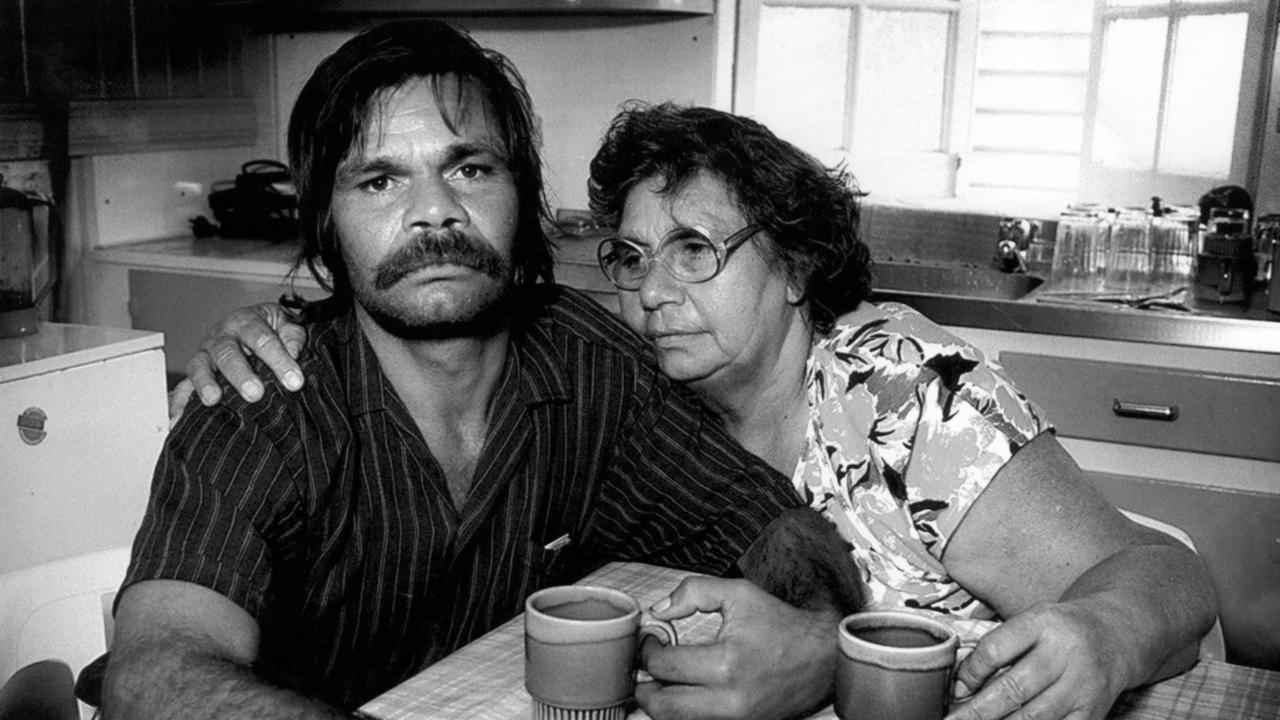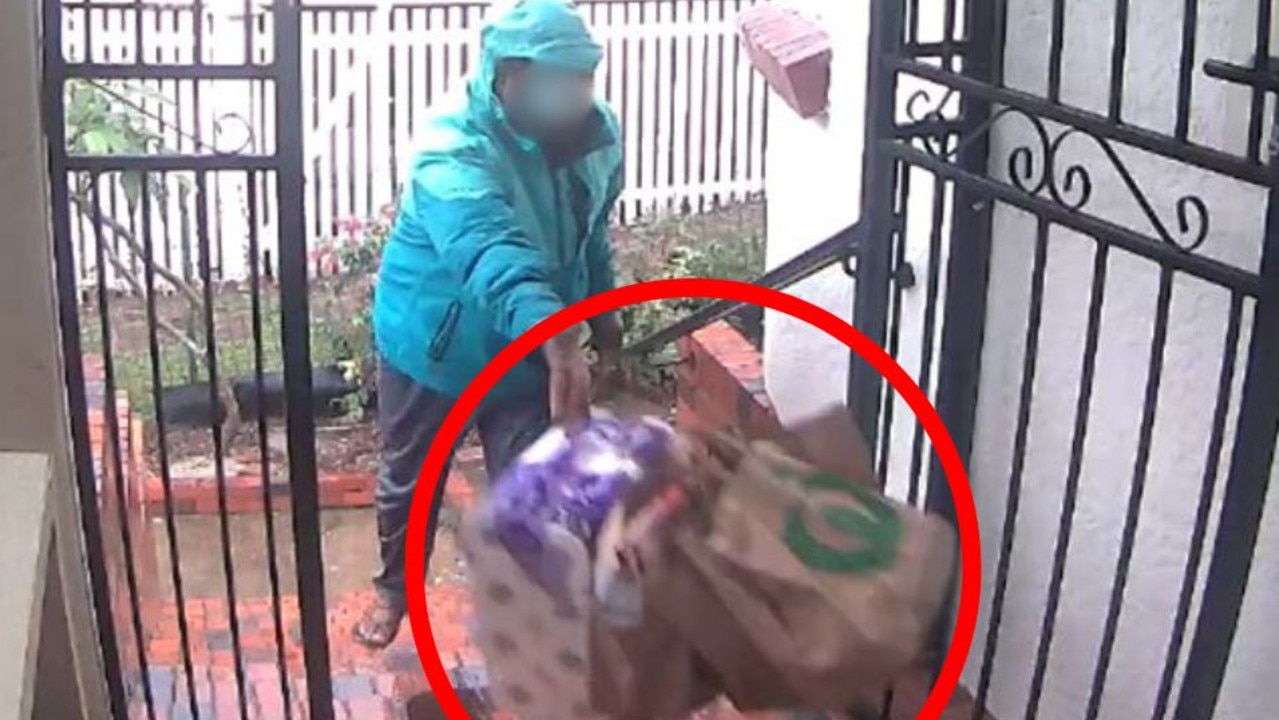Wrongful convictions exposed in criminologist Xanthe Mallett’s new book
A forensic anthropologist looking at the wrongful murder conviction of an Indigenous man says it was so “awful” it’s hard to be believe it’s not fiction.

For every case of wrongful conviction in Australia, forensic anthropologist and criminologist Xanthe Mallett says she could choose 10 others.
But she finds the matter of Kelvin Condren, an Indigenous man who was 22 when he was arrested in the Queensland mining town of Mount Isa in September 1983, to be particularly “awful”.
He was jailed for life in 1984 and would spend the next six years behind bars for a murder he didn’t commit.
“These kind of things happen probably more than we think,” Dr Mallett told news.com.au.
“Where there’s no oversight.
“When these stories don’t make it to the mainstream media because they’re not interesting or they’re not sexy.
“When you hook it onto an individual, people go: ‘Are you serious?’”

The case is one of a handful Dr Mallett explores in her newly released book, Reasonable Doubt, sparked by an ongoing interest in miscarriages of justice.
She said the issue has been growing in her mind for about 10 years and racial discrimination is a theme that is “highly topical at the moment”.
“So many times when I was researching this book, I thought ‘no, that can’t have happened’,” she said.
“It is a story that I think needs to be told because it is reflective of some of the really poor practices … it may sound ridiculous, this is not fiction, this happened to a young man.”
Dr Mallett said there are racial inequalities “all the way through every level of the criminal justice system”.
RELATED: Practical ways to support Indigenous Australians

A MURDER CONFESSION ‘OBTAINED UNDER DURESS’
Mr Condren’s girlfriend of a couple of weeks, 24-year-old Indigenous woman Patricia Carlton, was brutally beaten in the head with a metal pipe in the car park of the Mount Isa Hotel on September 30.
The couple were drinking with friends that day but Mr Condren left the hotel around 5.45pm before he was arrested for drunkenness and held in the police cells overnight.
Ms Carlton, who police believed was attacked around 4.15pm, was found just before 6am the next day with serious injuries and died in hospital.
“Police soon zoned in on an easy target,” Dr Mallett writes.
“There was no forensic or eyewitness evidence linking Kelvin (Condren) to the attack, nor any motive.”
She writes: “Allegedly, before he was even formally interviewed, Kelvin confessed to the attack.”
According to police, he confessed again during the interview.
Mr Condren “continually maintained” his signed confession was obtained under duress and would later claim in a 25-page document, that the police created a false record of interview.
His post-conviction complaint was founded on police allegedly subjecting him to intimidation and assault to obtain the confession and his signature, Dr Mallett writes.
A MAN WHO SHOULD HAVE NEVER FACED A JURY
Mr Condren was found guilty by a jury in August 1984, on the basis of his confession, and convicted of murder.
“I have to wonder, if Condren had been a white man with a steady job who had not been drinking heavily, would the jury have seen – and judged – him differently?” Dr Mallett writes.
“Would they have expected some actual evidence or witnesses of actual physical harm, and a motive, linking him to Patricia’s death before they would have been willing to find him guilty of murder beyond reasonable doubt?”

RELATED: Australia isn’t a world away from George Floyd protests
She urged people who “are ever those individuals sitting on a jury” to be objective, balanced and reasoned.
“Innocent until proven guilty beyond reasonable doubt is really important,” she told news.com.au.
“Whenever I do an analysis for a forensic investigation, I always go in with the assumption that the person is innocent.
“If just one person on a jury goes in and has the right frame of mind, that can change the whole outcome.”
In her book, Dr Mallett explores fresh evidence from two eyewitnesses that was rejected by the Court of Criminal Appeal.
She said it “should, at the very least, have raised serious concerns about Condren’s guilt”.
The man and woman said they had been drinking at the Mount Isa Hotel on September 30 and saw Patricia there until at least 7.40pm – hours after the time police believed she was attacked around 4.15pm, and after Mr Condren had been taken back to the police station at 5.47pm.
A Page One report by investigative journalist Chris Masters in 1988 also revealed two pharmacy workers had walked separately across the car park at 5.15pm and 5.45pm and had not seen Ms Carlton.
“This would have given Kelvin two minutes to perform a violent and sustained assault and then run 200m up the road to where the police found him, somehow without any blood on him,” Dr Mallett writes.
“It was simply impossible.”
RELATED: Extraordinary monologue on injustice towards Indigenous Australians

Dr Mallett told news.com.au the case was “disadvantage piled on lazy policing”.
“It’s beyond ridiculous that they didn’t manage to piece that together (that Kelvin could not have attacked Patricia based on those times),” she said.
“Why were they not talking to more people?”
Asked whether Mr Condren should have ever come before a jury, she replied: “No, absolutely not.
“I don’t think they (police) did anything corrupt in that sense, he was one of the last people to see her alive, he was romantically involved with her … and it was just easy.”
Mr Condren exhausted countless legal avenues, which Dr Mallett unpacks further in her book, and in 1990 his murder conviction was set aside.
He was awarded a $400,000 ex gratia payment in 1995 by the Queensland Government.
“It was very much a kind of token effort,” Dr Mallett said. “They will always try and pay out as little as possible. You take away six years of someone’s life.”
She writes: “This case not only saw an innocent man go to prison for six years but the victim‘s murder remains formally ‘unsolved’, so her family has never been given the closure it deserves and there has never been any justice for Patricia.”



